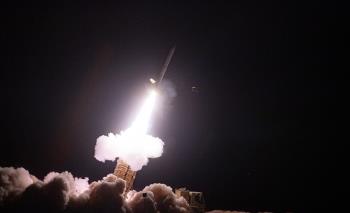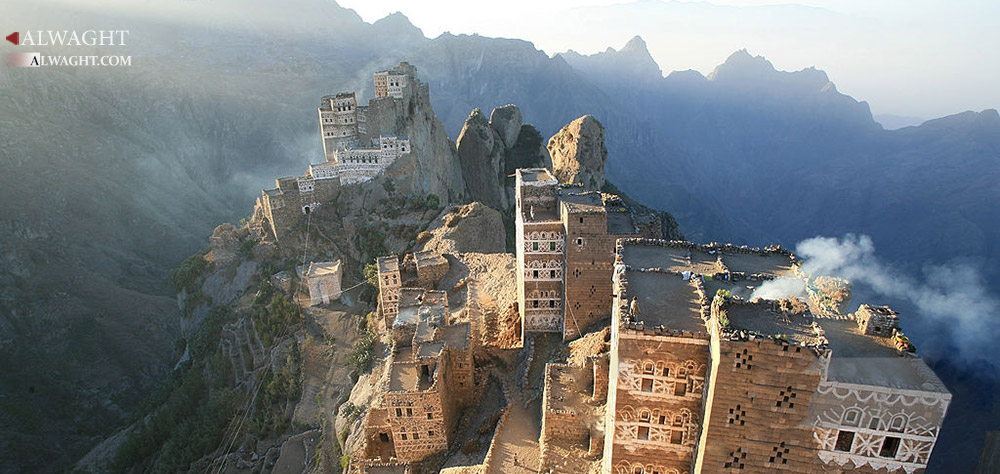Alwaght- When it comes to the war on Yemen, victory seems a long shot for both sides at first glance. With the Saudi-led aggression pounding the country, and terrorists attacking on the ground, Ansarullah fighters along with the Yemeni army may appear to be on the losing end. However, looking closer at the generalities and specificities of this war would tilt the balance in favour of the Yemeni resistance. In 2016, Saudi Arabia was heavily affected by its brutal campaign against neighbouring Yemen.
Experimenting with Yemen
When Riyadh announced the beginning of its intervention in March 2015, in which it led a coalition of nine countries, Saudi Arabia was aware of its own inexperience. The Saudi military is ranked 24 of 126 worldwide and third in the region. It’s the world’s fourth largest military spender with a $56.7 billion defense budget. In 2015, the Saudis spent almost 50 billion on military equipment. With around 250,000 active-duty military personnel, its manpower is considerably large.
However, it lacks experience. Despite being heavily equipped and armed, the Saudi army has not engaged in successful combat experiences.
Hence, what has resulted in Yemen is an experimental war, in which the Saudis tested their military capabilities and tried out relentless strategies.
Initially, the so-called Operation Decisive Storm consisted of aerial strikes, a naval blockade, and later the deployment of ground forces to Yemen. On 21 April 2015, the Saudi Defense Ministry declared the end of airstrikes and announced Operation Restoring Hope. However, not only have airstrikes continued since then, but they have also been indiscriminate in bombing fighters and civilians alike. Yemeni resistance then led to cross-border fighting.
The experimentation disregarded the tenets of international humanitarian laws as well as the conducts of war.
Power vs. Motivation
The second year of the war saw no tangible outcomes for the Saudis, aside from the severe damage and human losses inflicted upon Yemen. Militarily, that is, Saudi Arabia was only extending the aggression in temporal terms. Now as 2016 nears its end, the kingdom will again have to deal with a set of unfulfilled goals in a war that has taken too long and has cost too much.
The Saudis amassed support from various Arab States in addition to US political and logistical backing.
For many, the outcome of the battle seemed predestined to be in favor of the Saudis as they stood before an unlikely opponent: the Arab world’s most impoverished nation. The discrepancy remains clear; the Saudis are heavily armed and supported by world powers, while the Yemenis are outnumbered and have access to less advanced military equipment not to mention far less in quantity. However, the Yemeni resistance has two key elements that are contributing to its resilience: motivation and guerilla warfare strategies.
Unachieved Goals
Like the war entered 2016, it is also far from ending along with it. The assumption that Saudi Arabia would win the war singlehandedly has diminished.
Restoring fugitive president Abd Rabbu Mansour Hadi to power, disarming the Ansarullah movement, destroying the Yemeni army’s missile power, and imposing regional federalism were the main goals that the Saudis had set but have failed to achieve.
None of these goals have been met. If anything, the oil-rich Persian Gulf State has suffered major setbacks. Over and above these impediments are the burdens that Riyadh is trying to tackle. These include the repercussions of the war expanding into Saudi territory as well as the bleeding of its already hurt economy.
Unforeseen Repercussions
The extension of the war on Yemen into Saudi territory is proof that the capabilities of Yemeni fighters had been undermined. This has dealt a blow to Riyadh’s morale and image as in 2016 they were defeated multiple times. Strategically, attacks launched by Ansarullah and Popular Forces translated into a shift in attitudes. Observers note that Yemeni fighters are capable of capturing a Saudi city to be exchanged with a Yemeni city or village should the Saudi military attempt to occupy one. This wild card has been a game-changer for the Saudis whose forces and equipment are constantly at threat. More so is their image as a military force in the region.
Every war has its price but the war on Yemen is draining the Saudis’ budget. Figures show that the Saudi’s venture in Yemen has negatively reflected on its 2016 and 2017 budgets, affecting both its economic and social structures. The strain on the Saudi budget has been largely influenced by the staggering drop in oil prices. However, the country’s military spending (billions of dollars) has further drained the regime’s financials.
Yemeni Resilience
This year was like the one before it. Yemenis did not surrender before the brutality of the Saudi regime. The people remained supportive of the revolutionary forces resisting against this aggression. Concurrently, the resistance comprising the Yemeni army and Ansarullah, backed by friendly logistical support, has been growing both in number and power. The near-two-year experience has provided lessons for the fighters in terms of logistics, fighting skills, and military weaknesses. Experts claim this evolvement is tantamount to what conventional armies do which reveals the increasing organization within the resistance.
Despite attempts to tighten the noose around Yemen, its people seem adamant that their resistance will eventually pay off. As 2016 wraps up and the Saudis continue their aggression against Yemen, the Yemeni nation looks set to endure the war with acts of armed and moral resistance. Already, it seems clear who will emerge victorious in this tug of war. It seems the continuation of the aggression is an effort to delay the announcement of the final defeat, of the day when the battle is lost and won.



























